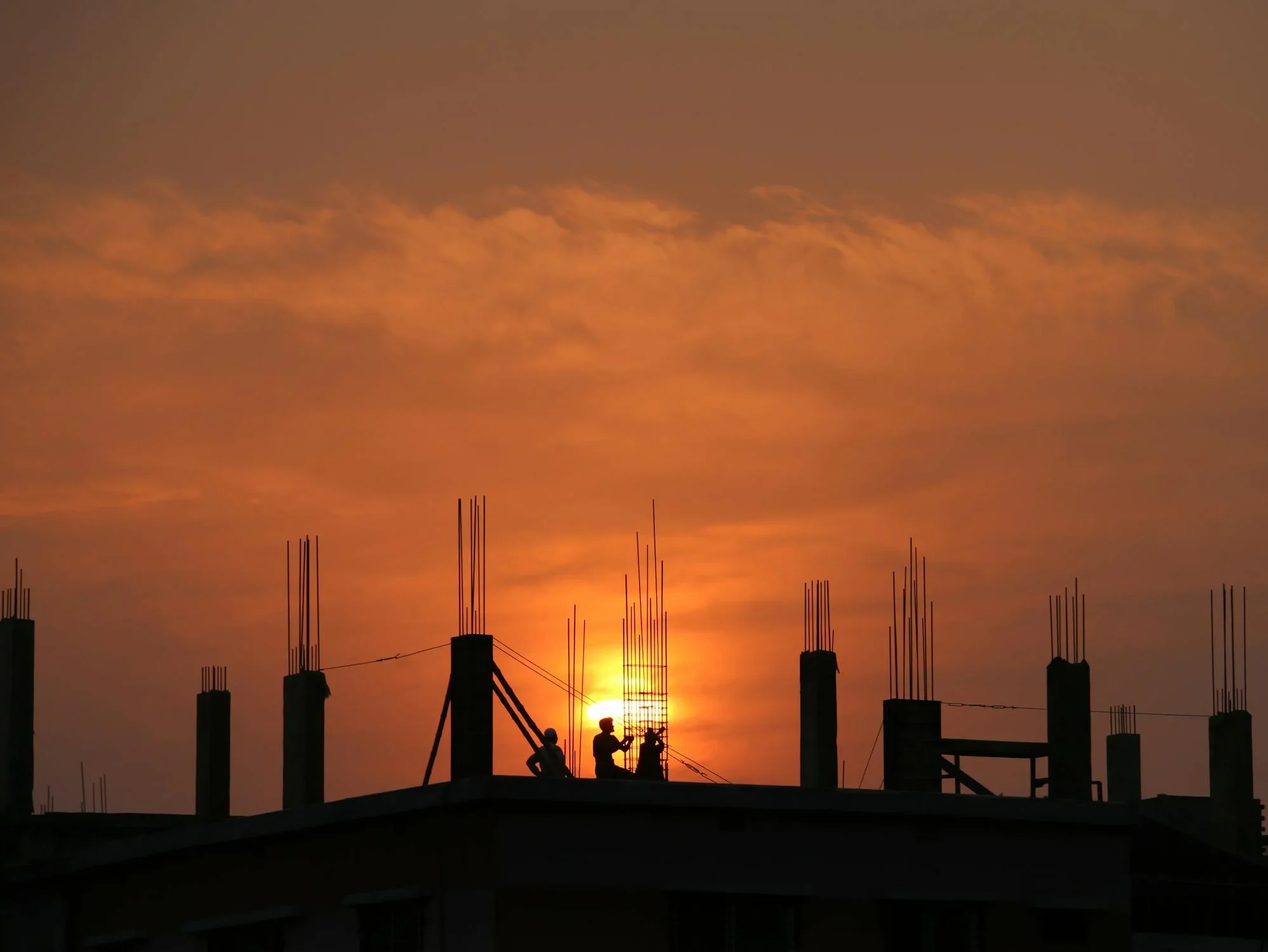4/10/24
All eyes were on Baltimore the night of March 26 when the container ship Dali crashed into the Francis Scott Key Bridge and sent it crumbling into the Patapsco River. The five years of grueling work to build the bridge were destroyed in minutes. As a result, it is no surprise that The Port of Baltimore – one of the busiest in the United States – is now in shambles. The port played an important role in connecting the maritime commerce of Baltimore to those of Washington, Philadelphia, and New York. In 2023 alone, the port was responsible for 55.5 million tons of domestic and international cargo and raked in a whopping $647.1 million. Additionally, the Francis Scott Key Bridge transported 11.3 million automobiles across the Patapsco River annually.
However, the most devastating consequence of the bridge collapse has nothing to do with commerce or transportation. We now know that the Dali experienced a loss of power; The ship issued a distress call only three minutes before colliding with the bridge. These three minutes gave officials enough time to prevent additional traffic from passing over the bridge. However, there was no intervention for the eight construction workers who were concurrently filling potholes on the bridge. While all eight of them plummeted into the frigid waters, only two escaped with their lives. On the evening of March 25, Alejandro Hernandez Fuentes, Miguel Luna, Maynor Yassir Suazo Sandoval, Carlos Hernandez, Dorlian Castillo Cabrera, and Jose Mynor Lopez left their homes unaware that they would never make it back.
Alejandro Hernandez Fuentes was 35 years old and originally from Mexico. His coworkers noted his determination and ferocious ambition, referring to him as a “fireball.” He leaves behind a wife and four children.
Miguel Luna was 49 years old. He had been a professional soccer player in his home country of El Salvador. When he came to the United States, he traded his cleats for welding tools. When he wasn’t working, he enjoyed cooking in his wife’s food truck and spending time with his three children and grandchildren.
Maynor Yassir Suazo Sandoval was 38 years old. He was raised in Azacualpa, Honduras. He used his job in the United States to provide for his family in Honduras. With the funds he sent, they were able to start a soccer league. Maynor always dreamed of starting his own business one day. He leaves behind a wife and a daughter.
Dorlian Castilo Cabrera was only 26 years old. He was born in San Luis, Petén, Guatemala. Dorlian was known to be kind, joyous, and selfless. He often volunteered rides to coworkers and others in his community who needed his help.
Jose Mynor Lopez was 35 years old. He was a family man whose pride in life was his four children and wife. He came to the United States from Guatemala seeking a better life for those he loved.
The last victim, whose identity has not been confirmed, is suspected to be Carlos Hernandez. Carlos, also from Mexico, was related to victim Alejandro Hernandez Fuentes and survivor Adrian Julio Cervantes.
Remembering and honoring these men highlights how they are far from the first Latino laborers to lose their lives to treacherous and negligent working conditions. For years, America has been built off the back of Latino immigrant labor. Although Latinos only make up 19% of the American population and seventeen percent of the workforce, they comprise one-third of the American construction industry. Further, they make up 26% of all deaths in the construction industry and have the highest rate of deaths on the job compared to all other ethnic groups.
Investigations have revealed that the workers on the Francis Scott Key Bridge failed to receive any warning before its collapse. One report speculates that the construction company the men worked for failed to have proper precautions in place. The Coast Guard stated that they had not seen any company boats on the water during the collapse, which is strange seeing as federal law mandates safety boats, or “skiffs”, to be nearby when working on waterways. It is believed that the presence of this skiff would have at least given these men an opportunity to brace for impact.
Further investigation has reported that the collapse was preventable. While no bridge could realistically sustain the impact of getting hit by a 290-meter-long ship, most bridges would not even allow a vessel of that size to get so close. Dolphins are circular concrete structures that protect the central supports of a bridge from collisions. The Francis Scott Key Bridge and its dolphins were built in the 1970s – before ships the size of the Dali were traveling through the Port of Baltimore. Since then, the dolphins have been largely unchanged, and they are too small and few. The out-of-date infrastructure reveals a gaping oversight on behalf of the Maryland Transport Authority whose job was to conduct risk assessments including modern ship impact analysis.
Thus, this catastrophe is due in part to the complacency of engineers. A small oversight, the size and number of the bridge’s dolphins, has cost six people their lives and affected an entire community. It is our duty as engineers to ensure that the projects we are managing are not putting employees at risk. The lives of Latino migrant workers are not disposable – these are the people who make many engineering projects come to fruition. The engineering community must do better to protect them and ensure that they are not risking their lives every day that they show up to work. We need to think more deeply about and fight harder for safety measures for our construction workers.

